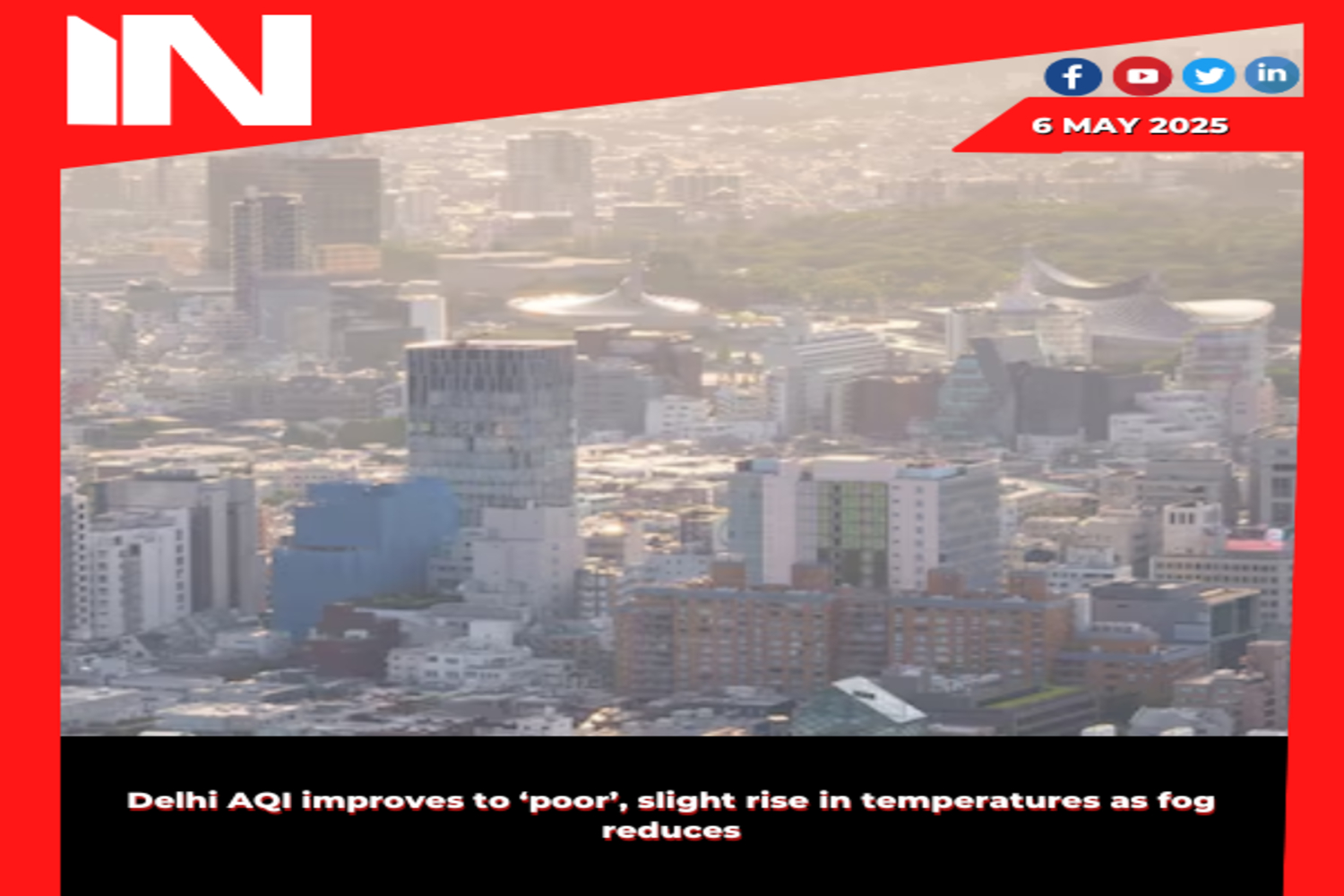India has reacted with shock and caution to the worst loss of life on its border with China in 60 years, with senior leaders largely silent on the hand-to-hand clashes in the remote, inhospitable Himalayan territory in which at least 20 Indian soldiers died.
Beijing also offered little information about the violence, but state media appeared to acknowledge on Tuesday that it had also led to Chinese casualties.
A day after reports of the first killings in the disputed area emerged, Indian news outlets began naming some of the dead and a clearer picture started to build of what transpired on Monday night on the high, steep ridge lines above the fast-flowing Galwan River in the western Himalayas.
The killings were sparked when a patrol of Indian soldiers unexpectedly encountered Chinese troops in a steep section of the mountainous region they believed the People’s Liberation Army had retreated from, in line with a 6 June disengagement agreement, sources in Delhi said.
The two armies jostled and hand-to-hand fighting broke out – neither side armed in line with decades of tradition supposed to ward off the possibility of escalation between the nuclear-armed neighbours.
Then an Indian commanding officer was pushed, fell from the narrow ridge and plunged to his death in the gorge below.
Reinforcements from the Indian side were summoned from a post about 4km away and eventually about 600 men were fighting with stones, iron rods and other makeshift weapons in near-total darkness for up to six hours, Indian government sources said, with most deaths on both sides occurring from soldiers falling or being knocked from mountain terrain.
The United Nations and US government have expressed concern over the outbreak of violence between Indian and Chinese soldiers on the disputed Himalayan border which saw at least 20 people killed.
UN secretary general, Antonio Guterres urged both sides to exercise “maximum restraint”.
“We are concerned about reports of violence and deaths at the Line of Actual Control between India and China and urge both sides to exercise maximum restraint,” his spokesman said. “We take positive note of reports that the two countries have engaged to de-escalate the situation.
The US state department offered its condolences to the families of the 20 Indian soldiers confirmed to have died, and said it was monitoring the situation closely.
“Both India and China have expressed a desire to de-escalate and we support a peaceful resolution of the current situation,” it said.
Indian media has reported that talks between commanders have been held, and high-level Indian officials were meeting at the ministry of defense, India Today reported.
Indian Congress leader Rahul Gandhi has hit out at the country’s prime minister, Narendra Modi, who is yet to make a public statement. “Why is the PM silent?” he said.
“Enough is enough. We need to know what has happened. How dare China kill our soldiers? How dare they take our land.”
Both countries’ militaries have blamed the other for the conflict.
Beijing has refused to confirm any deaths on its side, but accused India of crossing the border twice and “provoking and attacking Chinese personnel”.
The editor in chief of state-run the Global Times, said he understood there had been Chinese casualties, but the People’s Liberation Army wanted to avoid “stoking public mood” by comparing numbers.
An editorial in the same paper said: “China does not want to turn border issues with India into a confrontation”, before blaming India for “arrogance and recklessness”.
Indian media is also now asking if there was an intelligence failure that led to the Indian patrol encountering the Chinese soldiers.
“Should there have been some kind of heads up or a warning?” said Shiv Aroor, senior editor at India Today.
“These are areas where decisions have to be taken on a dime. It’s a life-and-death situation … you’ve got to be extremely dynamic,” he said.
“I don’t find any reason to believe the Indian army slipped up in this way … a camp that had already been disengaged by the Chinese had already made its way back,” he said.
Both parties have been working towards de-escalation in recent weeks but the loss of life makes the situation even more complicated and precarious.
Chinese state media has reported the PLA is conducting joint military exercises “aimed at the destruction of key hostile hubs in a high-elevation mountainous region”. The PLA Tibet Military Command conducted live-fire drills with heavy artillery on Tuesday, with reports linking the PLA’s preparedness for high elevation combat to the clashes with India.
News Source: TheGuardian
Also Read: A ‘500 Years Old’ Temple, Submerged In The Mahanadi In Odisha, Is 60 Feet In Height.

%20(2).jpg)
%20(2).jpg) Celebrity Lifestyle1 month ago
Celebrity Lifestyle1 month ago
 Celebrity News2 months ago
Celebrity News2 months ago
 Web Series1 month ago
Web Series1 month ago
 Trending1 month ago
Trending1 month ago.png)
.png) Tollywood1 month ago
Tollywood1 month ago
 Trending1 month ago
Trending1 month ago.jpg)
.jpg) Entertainment1 month ago
Entertainment1 month ago%20(1).jpg)
%20(1).jpg) Hailee Steinfeld1 month ago
Hailee Steinfeld1 month ago



.1.jpg)

.jpg)
.jpg)
.jpg)
.jpg)
.jpg)

.jpg)







